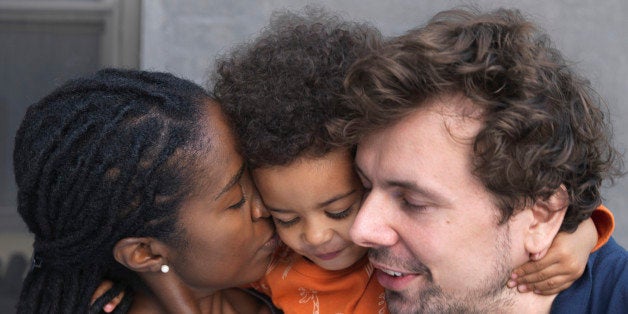
Written by Rosemary Strembicki
Being a resident of St. Louis, I've been fielding calls and emails for the past two weeks from family and friends concerned about the media reports from Ferguson. We've all been inundated with terrifying images that make us fear for our safety and the welfare of our neighbors. We struggle with how to talk to each other and our children about the events without provoking more fear and anxiety. The focus on wrongdoing has us all on edge, trying to make sense of what is happening among us. But every day, now and for the past 33 years that I have lived in St. Louis, I have experienced the peaceful, daily routine of friends and neighbors working, playing and raising their children in a mix of racial and cultural differences.
I'm lucky to live in a racially diverse community. It's not always easy, but it has taught me lessons about myself that I would never have had the opportunity to learn. Hidden prejudice is something I would never have believed I harbored, but identifying it and examining it has made me a better person. But this isn't about me.
This is about the parents and children I have been watching who have been moving through this upheaval with grace and dignity, supporting each other and trying to understand how they can make a better world for their children. Many of them are multiracial families who have carried the concerns of different cultures and tried to integrate them in a meaningful way. It's been happening in communities all over St. Louis for many years, but it's not the stuff of media reports.
In this community, it is more common to see a white grandmother pushing her brown grandchild in a grocery cart than a black nanny pushing the stroller of a white baby. Biracial couples are not given a second glance, as they so often were when I was a child. Mixed families come together to celebrate the birthdays of their children without a concern about what neighborhood will host the party. Race isn't ignored; it's discussed and accommodated in a way that few of us, from my generation, have experienced.
It's not idyllic; it's real. It's families struggling to peacefully raise their children among the people they love regardless of their differences. It's not always easy, but raising a family has many challenges. Facing the challenges that require learning and acceptance of all kinds of life styles is what is going to make our children stronger and more adaptive to the world.
How can we change the dialogue? Maybe the emphasis on the struggle and the differences we observe will lead to discussion about the realty of the families that are living together and making it work. Maybe the next generation of children will have less concern about how they are different and less fear of each other because of the similarities they share. Maybe this is an opportunity to learn from those who are meeting the challenge.